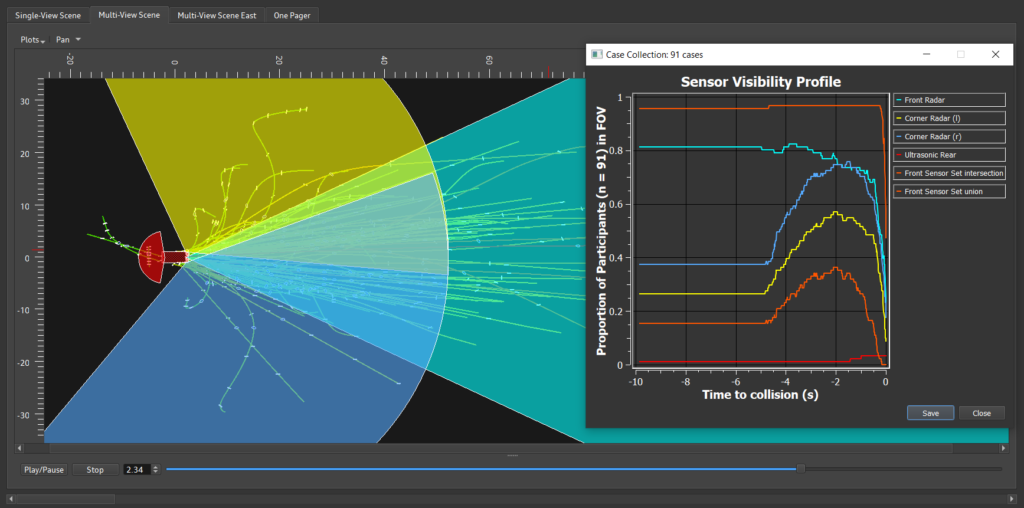Real-Life Data for development

What if? How would an accident have turned out if the conditions had been different For example, would the injuries to vehicle occupants be less? The consequences less drastic? Could a certain driver assistance system have reduced the consequences of the accident or even avoided the crash? What requirements would this assistance system have to meet? And how can this be found out?
To answer these questions conscientiously, enormous amounts of real or realistic accident and normal driving data and powerful analysis tools are needed.
Our experts tackled the issue on behalf of AUDI AG and created two essential foundations: a harmonized database for a wide range of accident and traffic situations and the analysis tool Travis (trajectory analysis and visualization).
To get started, our team first specified the structure of the database, taking into account all the differences between the possible data sources. The data sources include accident surveys from various research projects, drone observations and also scenarios based on the findings from accident databases. We then looked at the data: each data source was examined for quality and suitability. For suitable data sources, we developed all the necessary preprocessing steps. Since we attach great importance to data protection and data security, we paid special attention to clean and secure interfaces. It goes without saying that all data are anonymized.
The tool Travis, which we developed exclusively for AUDI AG, helps to filter out the required scenarios from the large number of scenarios. By means of an easy-to-use filter mask, an initial selection can be made with regard to the driving maneuvers to be considered, the accident constellations, the type of road users involved and the traffic infrastructure. In addition, it is possible to define any filter criteria in the programming language SQL in the expert mode. The selected scenarios can be displayed graphically – both in individual view and in direct comparison. In addition to the numerous visualization options, Travis also offers analysis options. Evaluations of kinematics and criticality can be performed. Furthermore, it is possible to evaluate and compare entire sensor sets with regard to their effective field coverage. This makes it very easy for developers to evaluate system concepts in the early concept phase. More detailed and advanced analyses can be carried out subsequently or later in the development process in the driver assistance simulation. But more on this in a future blog 😉.